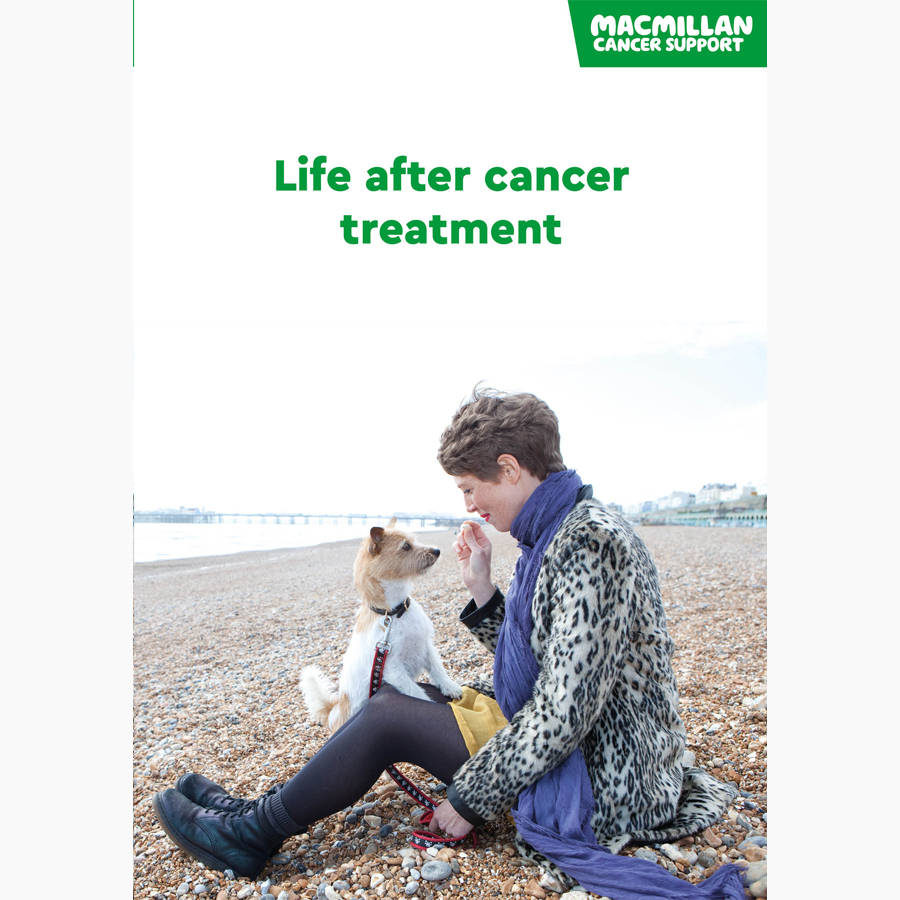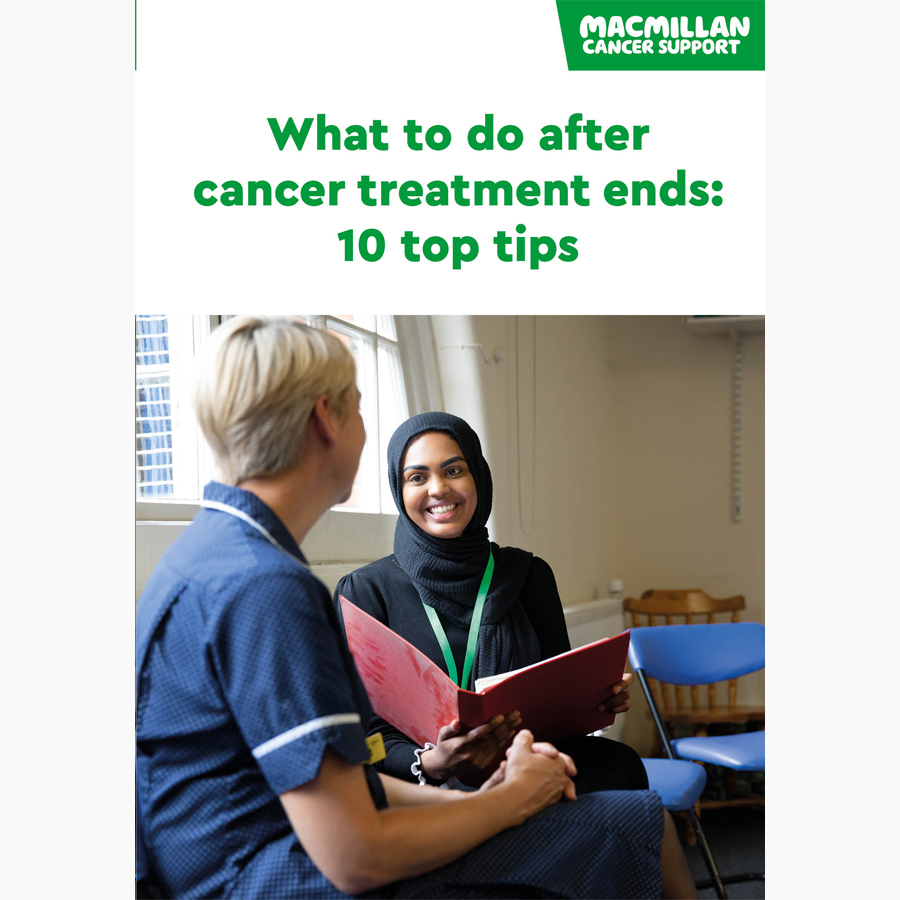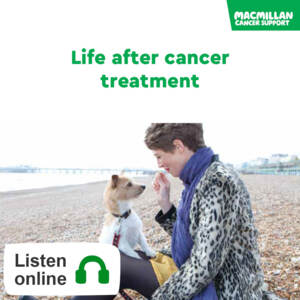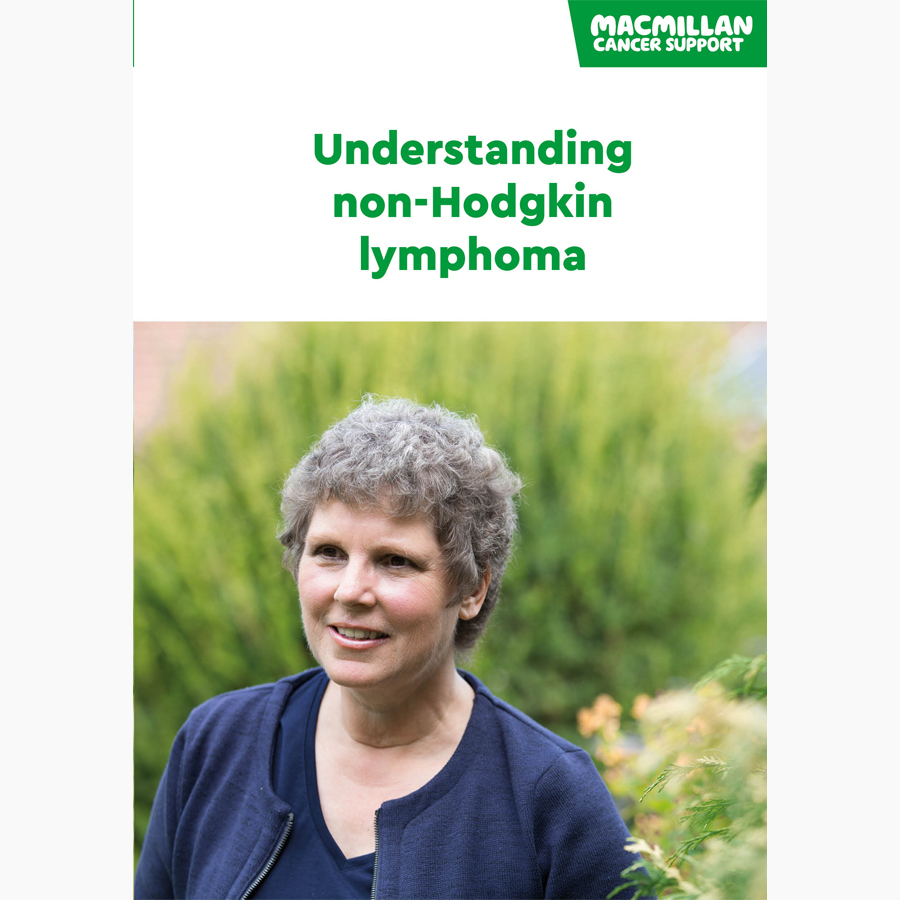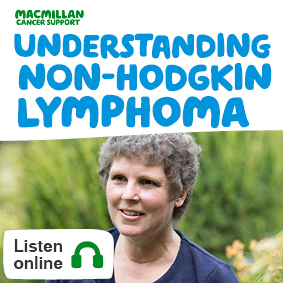Cutaneous T-cell lymphoma (CTCL)
Cutaneous T-cell lymphoma (CTCL) is a rare type of non-Hodgkin lymphoma that affects the skin.
On this page
-
What is cutaneous T-cell lymphoma (CTCL)?
-
Symptoms of cutaneous T-cell lymphoma (CTCL)
-
Causes of cutaneous T-cell lymphoma (CTCL)
-
Diagnosis of cutaneous T-cell lymphoma (CTCL)
-
Stages of cutaneous T-cell lymphoma (CTCL)
-
Treatment for cutaneous T-cell lymphoma (CTCL)
-
After cutaneous T-cell lymphoma (CTCL) treatment
-
Access our lymphoma information in other formats
-
About our information
-
How we can help
What is cutaneous T-cell lymphoma (CTCL)?
Cutaneous T-cell lymphoma (CTCL) is a rare type of non-Hodgkin lymphoma that affects the skin. CTCL can develop when T-cells become abnormal (cancerous). T-cells are white blood cells that normally help fight infection. They are sometimes called T-lymphocytes.
CTCL more commonly affects people aged 60 and over and is more common in men than women. There are different types of CTCL. The most common are called mycosis fungoides (MF) and Sézary syndrome.
Mycosis fungoides
Mycosis fungoides (MF) is the most common type of CTCL. It is usually a very slow-growing type of lymphoma. It often only affects the skin.
For most people, MF develops slowly or stays under control for many years. In a small number of people, MF may spread to other parts of the body over time.
Sézary syndrome
In this type of CTCL, the abnormal T-cells circulate in the blood. They also affect the skin and can be found in other areas of the body, such as lymph nodes. Sezary syndrome is usually faster growing than MF.
Related pages
For healthcare professionals
If you are a healthcare professional, use our guide to find the right information and support for your patients affected by lymphoma. This explains the support available from Macmillan and from other trusted organisations.
Symptoms of cutaneous T-cell lymphoma (CTCL)
In the early stages, cutaneous T-cell lymphoma (CTCL) can look like other more common skin conditions, such as eczema or psoriasis. This may mean it takes some time to diagnose.
CTCL may cause skin changes, including:
- flat red, rash-like patches
- itchy, sometimes painful areas
- raised patches (plaques)
- lumps.
Some people with CTCL have lumps where a lymph node is swollen.
Related pages
Causes of cutaneous T-cell lymphoma (CTCL)
The causes of cutaneous T-cell lymphoma (CTCL) are not known.
Like other cancers, CTCL is not infectious. It cannot be passed on to other people.
We have more information about risk factors for non-Hodgkin lymphoma.
Diagnosis of cutaneous T-cell lymphoma (CTCL)
The most common test for diagnosing cutaneous T-cell lymphoma (CTCL) is a biopsy. A doctor will take a sample of tissue from an affected area of skin.
You can read more about further tests you may have in our information about non-Hodgkin lymphoma.
Waiting for test results can be a difficult time. You may find it helpful to talk to your family, friends or specialist nurse.
Related pages
Stages of cutaneous T-cell lymphoma (CTCL)
The stage of cutaneous T-cell lymphoma (CTCL) describes how much of the skin is affected, and if it has spread anywhere else. Knowing the stage helps your doctor plan the right treatment for you.
Symptoms of CTCL can sometimes stay the same for many years. Many people never progress beyond the first stage. A few people do not have any symptoms until they notice raised lumps (tumours) on their skin. The different stages of CTCL are:
-
Stage 1
There are red or raised red patches (plaques) on the skin. This stage is sometimes divided into:
- Stage 1A – less than 10% of the skin is affected.
- Stage 1B – 10% or more of the skin is affected.
-
Stage 2A
Skin symptoms are the same as in stage 1. Some lymph nodes are enlarged. There may be signs of abnormal lymphocytes in the lymph nodes.
-
Stage 2B
There may be one or more tumours on the skin that are greater than 1cm in size. The lymph nodes may or may not be affected.
-
Stage 3
More than 80% of the skin is red (erythroderma). The lymph nodes may or may not be affected.
-
Stage 4A
There may be any of the skin symptoms described in the previous stages. Abnormal lymphocytes have spread to the lymph nodes or the blood.
-
Stage 4B
There may be any of the skin symptoms described in the previous stages. Abnormal lymphocytes have spread to the lymph nodes or the blood. The lymphoma has spread to other organs in the body, such as the liver, lungs or bone marrow.
Treatment for cutaneous T-cell lymphoma (CTCL)
Doctors usually use treatments to treat the skin directly when cutaneous T-cell lymphoma (CTCL) is at an early stage. These include creams, light therapy and radiotherapy.
Sometimes treatments that work throughout the body are used. These treatments may be given as tablets, or as an injection into a vein or under the skin. They are then carried in the blood to all areas of the body.
We have more detailed information about how these treatments are used for cutaneous T-cell lymphoma.
After cutaneous T-cell lymphoma (CTCL) treatment
People often have many different feelings when they finish lymphoma treatment. You may feel relieved that treatment has finished, but worried about what will happen in the future.
You will have appointments with your lymphoma doctor or nurse less often than before. But at the same time, you may have new challenges to cope with and things to think about.
We have information below about some of the things people ask about after lymphoma treatment. But you may have other questions or need information about something else. If there is something you want to talk about at any point after treatment, you can:
- call the Macmillan Support Line free on 0808 808 00 00
- chat to our specialists online
- visit our Online Community to talk to people who have been affected by lymphoma, share your experience, and ask an expert your questions.
Related pages
Other organisations who offer information and support
The organisations below also offer information and support:
-
Blood Cancer UK
Blood Cancer UK offers support and information to people affected by blood cancers, including lymphoma.
-
Lymphoma Action
Lymphoma Action provides high quality information and support for people affected by lymphoma. It provides helpline services and a range of peer support including online support meetings, educational events and webinars. Its website includes TrialsLink, a database of lymphoma clinical trials.
Lymphoma follow-up
Related pages
Side effects of lymphoma treatment
You may have some ongoing side effects as you recover from lymphoma treatment. You can use our impacts of cancer A-Z to search for information about managing different symptoms and side effects. Or find out more about side effects of treatment for Hodgkin lymphoma or treatment for non-Hodgkin lymphoma.
-
Tiredness and fatigue
Tiredness (fatigue) often affects people with cancer. It can be caused by lymphoma or be a side effect of lymphoma treatment. RESTORE is an online resource that aims to help people living with cancer related fatigue.
-
Sexual well-being
Lymphoma and its treatment can sometimes affect your sex life. There are ways to improve your sexual well-being and to manage any problems.
-
Fertility
Treatment for lymphoma may affect your fertility. If you are worried about your fertility it is important to talk with your doctor before you start treatment. We have more information about:
Sometimes side effects may continue or develop months or years after treatment. These are called late effects. We have more information about long-term and late effects of treatment for lymphoma.
Well-being and recovery
It can take time to recover after lymphoma treatment. Some days you may feel better than others.
It is important to know where to get support or information if you need it. People often need support even some time after lymphoma treatment. But sometimes it is difficult to know who to ask for help. To find support:
- ask your GP or someone from your cancer team for advice about support in your area
- search cancercaremap.org to find cancer support services near you
- call us free on 0808 808 0000 or talk to us online - our cancer information and support specialists can offer guidance and help you find what you need.
Our course Help to Overcome Problems Effectively (HOPE) helps people during and after cancer treatment. It is a free, interactive, group based, self management support course. It runs for 6 weeks, with each weekly session lasting 2.5 hours. To find out more about HOPE courses in your area, email ServiceOpsSupport@macmillan.org.uk
A healthy lifestyle can help speed up your recovery. Even small lifestyle changes may improve your well-being and long-term health.
Related pages
Booklets and resources
Other useful information
Access our lymphoma information in other formats
We are working to make our website as accessible as possible. We want everyone to be able to use it to find the information they need. We have tips about using settings on your computer or device to help you use our website in our accessibility statement.
We also provide information in a range of languages and formats. If you cannot find the information you are looking for in the format or language you need, email us at cancerinformationteam@macmillan.org.uk
Order our non-Hodgkin lymphoma booklet
Download our lymphoma booklet and ebooks
Our Understanding non-Hodgkin lymphoma booklet is available as a pdf to download or view online and in ePub or Mobi formats to download.
Booklets and resources
Listen to our lymphoma audiobook
You can listen to our Understanding non-Hodgkin lymphoma audiobook. You can also search our full range of audiobooks.
Booklets and resources
Find non-Hodgkin lymphoma information in your language
We have a range of translated cancer information. This includes information about different cancer types, being diagnosed, cancer treatment, and side effects. We have some lymphoma information in the following languages. You can also search our most up to date list of web pages we have translated on request.
- Bulgarian - Mantle cell lymphoma / Мантелноклетъчен лимфом [PDF]
- German - Follicular lymphoma / Follikuläres Lymphom (FL) [PDF]
- Polish - Diffuse large B-cell lymphoma (DLBCL) / Chłoniak rozlany z dużych komórek B [PDF]
- Polish - Lymphoma / Chłoniak [PDF]
- Slovak - Anaplastic large cell lymphoma (ALCL) / Anaplastický veľkobunkový lymfóm [PDF]
- Slovak - Follicular lymphoma / Folikulový lymfóm [PDF]
- Tamil - Follicular lymphoma [PDF]
If you would like any of our lymphoma information translated into your language, please email cancerinformationteam@macmillan.org.uk
Watch British sign language videos
You can watch our BSL videos about cancer on YouTube.
Find our easy read booklets
Our easy read booklets use simple words and pictures to tell you about cancer. They can be useful if you want information that is easier to understand.
Looking for large print, Braille or another format?
If you would like our information in a different format such as large print or Braille, email us at cancerinformationteam@macmillan.org.uk or call us free on 0808 808 00 00.
About our information
-
References
Below is a sample of the sources used in our cutaneous T-cell lymphoma (CTCL) information. If you would like more information about the sources we use, please contact us at cancerinformationteam@macmillan.org.uk
Willemze R, Hodak E, et al on behalf of the ESMO Guidelines Working Group. Primary cutaneous lymphomas: ESMO Clinical Practice Guidelines for diagnosis, treatment and follow-up. Annals of Oncology. 2018. 29 (Supplement 6), IV30-IV40. Available from Primary cutaneous lymphomas: ESMO Clinical Practice Guidelines for diagnosis, treatment and follow-up - Annals of Oncology.
National Institute of Health and Care Excellence (NICE). Blood and bone marrow cancers. NICE Pathways. Last accessed 3 December 2020.
National Institute of Health and Care Excellence (NICE).Brentuximab vedotin for treating CD30-positive cutaneous T-cell lymphoma (CTCL). Technology appraisal guidance (TA577). Published April 2019. Available at Overview | Brentuximab vedotin for treating CD30-positive cutaneous T-cell lymphoma | Guidance | NICE.
-
Reviewers
This information has been written, revised and edited by Macmillan Cancer Support’s Cancer Information Development team. It has been reviewed by expert medical and health professionals and people living with cancer. It has been approved by Senior Medical Editor, Dr Anne Parker, Consultant Haematologist.
Our cancer information has been awarded the PIF TICK. Created by the Patient Information Forum, this quality mark shows we meet PIF’s 10 criteria for trustworthy health information.
Date reviewed
This content is currently being reviewed. New information will be coming soon.

Our cancer information meets the PIF TICK quality mark.
This means it is easy to use, up-to-date and based on the latest evidence. Learn more about how we produce our information.
How we can help



